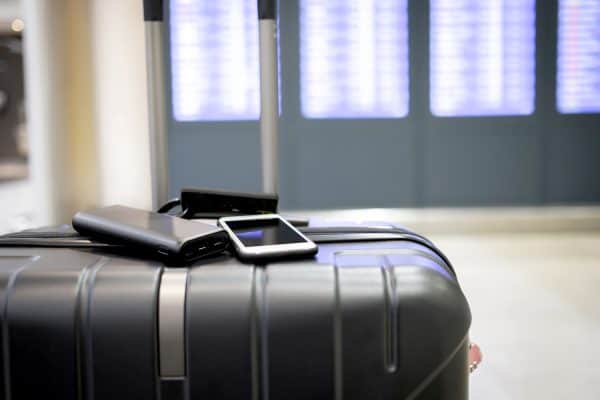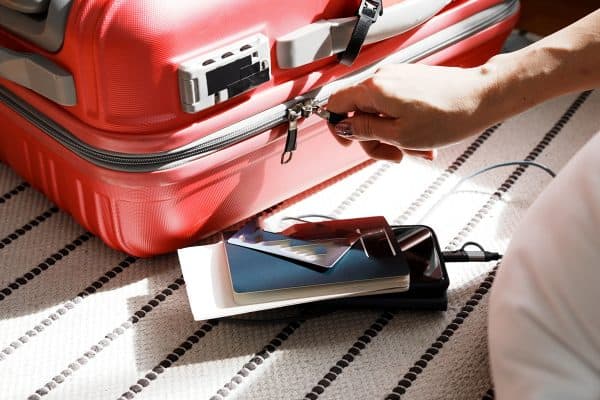Hardside luggage is often seen as being the more durable option, but is it also heavy? Should you still use it or not? Fortunately, we did some research about this to help you decide.
While hard shell luggage may be more durable, it is also typically heavier than its soft-sided counterpart. This is because the hard shell is made from a material that is denser and heavier than the fabric used for soft-sided luggage.
As a result, hard shell luggage can be more difficult to carry, particularly for long distances.
In this blog post, we'll compare the weight of different hardside luggage options to help you decide which one is right for you. We'll also share some tips on how to make your hardside luggage lighter if needed.
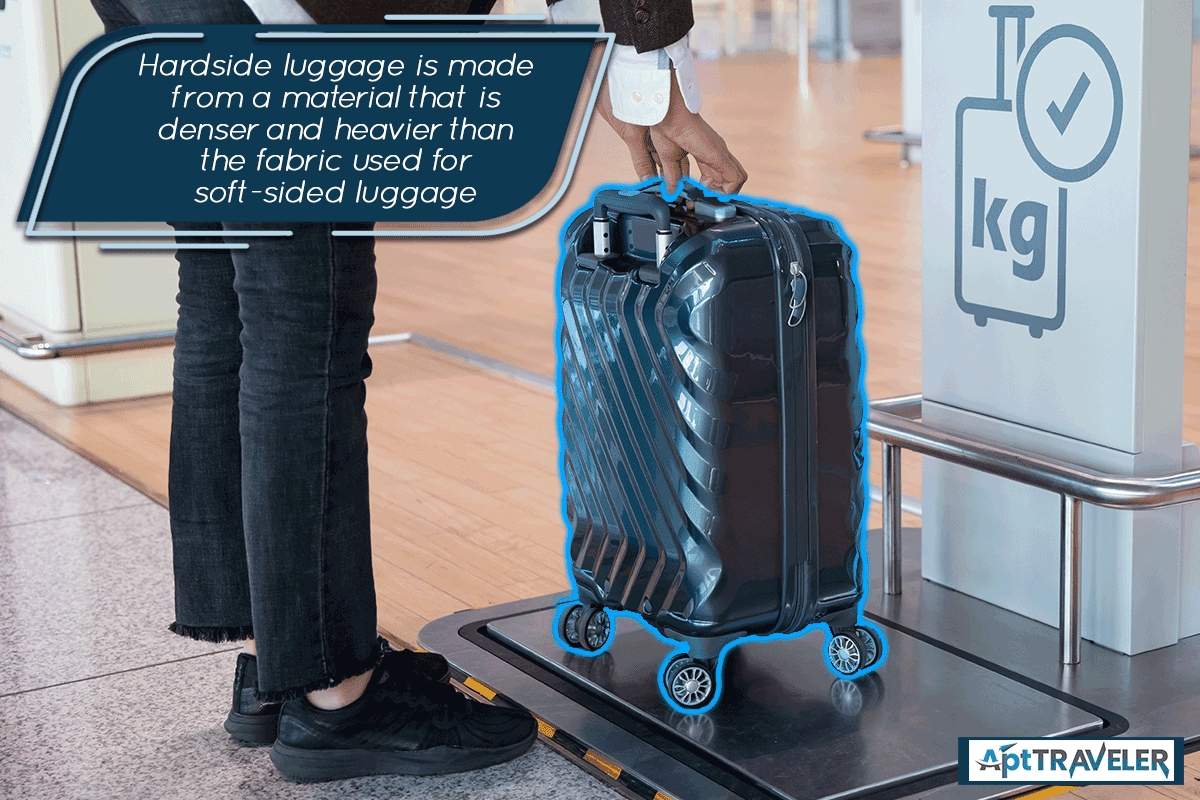
How Heavy Is a Hard Case Suitcase?
A lot of us have had to lug around a heavy suitcase at some point or another. And while it may seem like an impossible feat, the average hard case suitcase weighs:
- Carry-on Suitcases: 7.11 lbs (3.23 kg)
- Hardside Medium Suitcases: 9.23 lbs (4.19 kg)
- Hardside Large Checked Suitcases: 11.19 lbs (5.08 kg)
Of course, this number can vary depending on the size and weight of the contents, but it's a good general guideline to keep in mind when packing for your next trip.
So, the next time you're struggling to lift your suitcase into the overhead bin, remember that it's not as heavy as it seems. With a little effort, you'll be able to get it where it needs to go.
What Is the Best Material for Hardside Luggage?
Hardside luggage is a great option for travelers who want to protect their belongings while on the go. But with so many different materials available, it can be tough to know which type of hardside luggage is right for you.
Here's a quick rundown of some of the most popular options:
Polycarbonate

Polycarbonate is a strong, lightweight material that is often used in high-end luggage. It is durable and resists scratches and dents, making it a good choice for frequent travelers. However, polycarbonate can be more expensive than other types of hardside luggage.
See this polycarbonate luggage set at Amazon.
ABS Plastic
ABS plastic is another popular option for hardside luggage. It is less expensive than polycarbonate and still offers good durability. However, it is not as scratch-resistant as polycarbonate and may show wear over time.
See this ABS+PC luggage at Amazon.
Aluminum

Aluminum is a strong, lightweight material that offers good protection for your belongings. However, it is susceptible to scratches and dents. Aluminum hardside luggage can also be pricier than other types of luggage.
See this aluminum luggage at Amazon.
Fabric For Softside Luggage

Softside luggage is made from fabric, such as nylon or polyester, and has a softer exterior. It's a good choice for travelers who want a lighter bag that is easy to pack. However, softside luggage does not offer the same level of protection as hardside luggage and may not hold up as well over time.
What Are the Pros and Cons of Hardside Luggage?
When deciding what type of luggage to buy, weight is often a major consideration. For years, travelers have debated the merits of hard-shell versus soft-shell luggage, with each camp arguing that their preferred option is lighter. So, which is actually true?
Generally speaking, hard-shell luggage is going to be heavier than its soft-shell counterpart. This is because the hard shell needs to be made out of a sturdy material that can withstand being thrown around by baggage handlers, while the soft shell is usually made out of a lighter fabric.
However, there are some exceptions to this rule. For example, if you are considering a hard-shell suitcase that has been designed with lightweight materials, it may actually be lighter than a soft-shell bag. To decide which type of luggage is right for you, consider your individual needs and preferences.
Is It Better to Get Hard or Soft Luggage?
When it comes to luggage, travelers have a variety of options to choose from. One key decision is whether to opt for hard or softside luggage. Each type has its own advantages and disadvantages.
Hard side luggage is typically more durable, as it is made from materials such as polycarbonate or aluminum. This makes it a good choice for carrying fragile items or for traveling to areas where theft is a concern.
However, hardside luggage can be more difficult to pack, and it is not always as comfortable to carry.
Softside luggage, on the other hand, is often more versatile and easier to pack. It can also expand to accommodate larger items. However, softside luggage is not as protective of its contents and is more susceptible to wear and tear.
Ultimately, the best type of luggage depends on the individual traveler’s needs and preferences.
How Do You Choose the Right Hardside Luggage for Your Needs?
With so many options on the market, it can be overwhelming to try to select the perfect piece of luggage. However, by taking a few simple factors into consideration, you can easily find the hardside luggage that's right for you.
Type of Traveler
First, consider what type of traveler you are. Are you someone who frequently flies and needs a light, durable piece of luggage that can withstand the rigors of travel? Or are you more likely to drive and only need your luggage for occasional trips?
If you're a frequent traveler, you'll want to opt for a hardside piece of luggage that is lightweight but still has enough space to hold all of your belongings. For infrequent travelers, a larger, heavier piece of luggage may be more appropriate.
Type of Materials
Next, think about the type of materials you prefer. Do you want a hardshell made from polycarbonate or ABS plastic? Or would you prefer a softer fabric option?
Hardshell suitcases tend to be more durable and offer more protection for your belongings, but they can also be quite heavy.
Fabric suitcases, on the other hand, are usually lighter and often cheaper, but they don't offer as much protection in case of rough handling.
Budget
Finally, consider your budget. Hardside luggage can range in price from relatively affordable to quite expensive. If you're only going to use your luggage occasionally, you may not need to invest in a high-end piece.
However, if you travel frequently or plan to use your luggage for business trips, it's worth investing in a quality piece that will last for years.
How Can You Make Sure That Your Hardside Luggage Doesn’t Get Too Heavy?
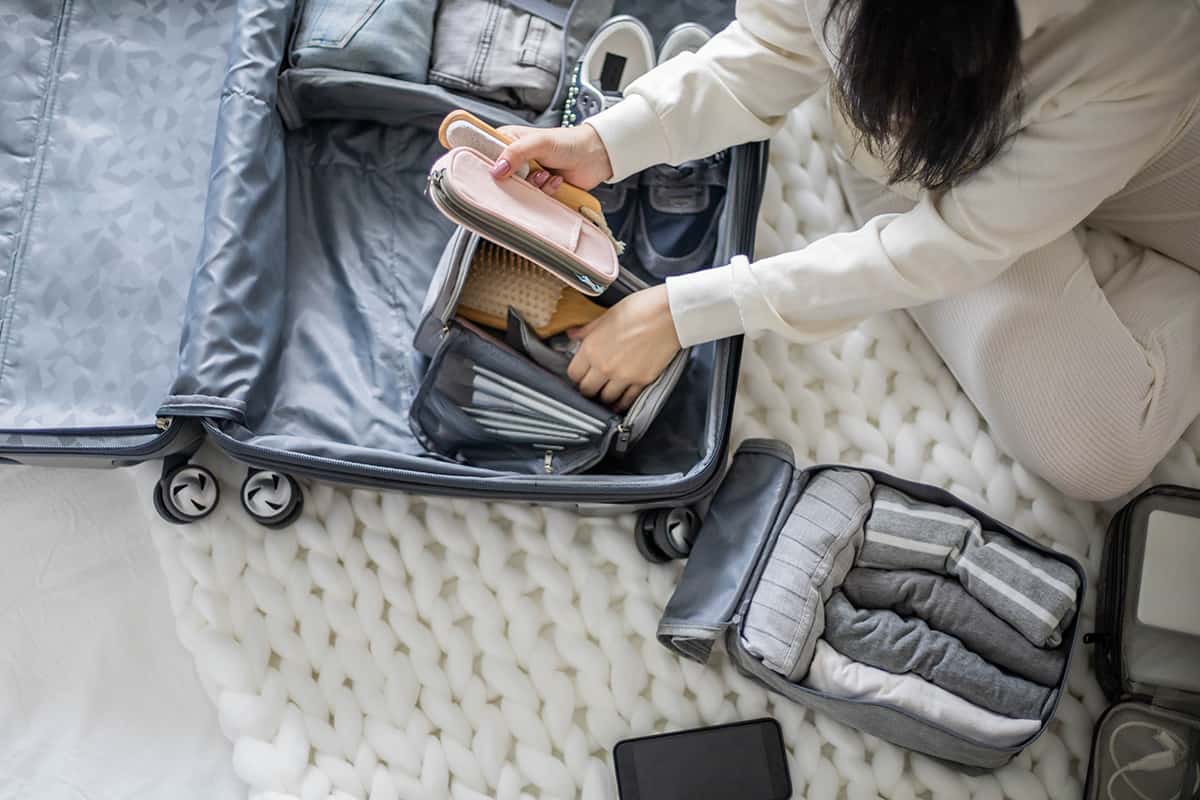
When packing your hardside luggage, it's important to be mindful of the weight. Not only do you have to lug it around the airport, but airlines have weight restrictions for checked bags.
Here are a few tips to keep in mind to make sure your bag doesn't get too heavy:
- Choose lightweight items: Whenever possible, choose clothing and other items that are lightweight and easy to pack. This will make a big difference when it comes to overall weight.
- Pack strategically: When packing your hardside luggage, start with the heaviest items first and work your way down. This will help to distribute the weight more evenly.
- Use every inch of space: One mistake that many people make is not utilizing all the available space in their luggage. Be sure to use all pockets, compartments, and straps to maximize space and keep things from shifting around during travel.
Following these tips will help ensure that your hardside luggage doesn't get too heavy. by being mindful of the weight from the beginning, you can save yourself a lot of hassle down the road.
Final Words
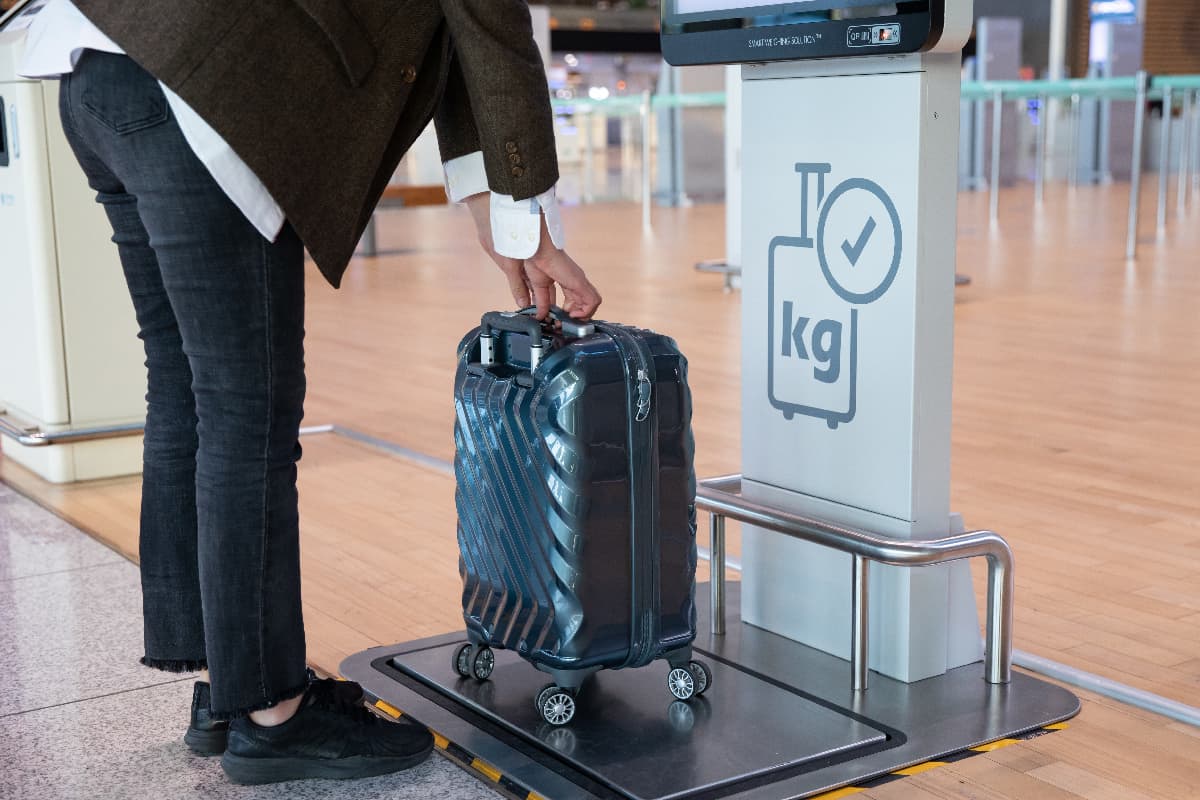
If you’re looking for a lightweight option that won’t add too much extra weight to your baggage allowance, softsided cases are probably the way to go.
But if you want something more durable that will protect your belongings during transit, a hardcase might be a better fit. In the end, it all comes down to personal preference and what will work best for your specific travel needs.
If you wish to learn more tips about traveling, see our posts below:
Does First Class Luggage Come Out First?





